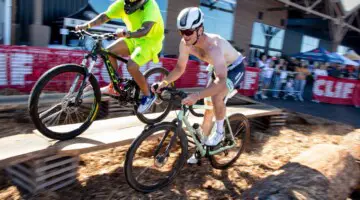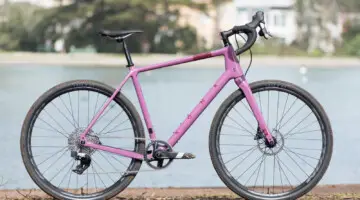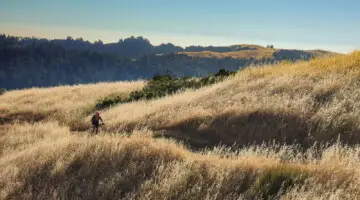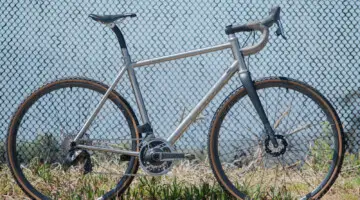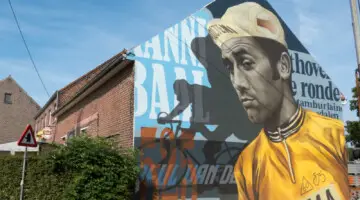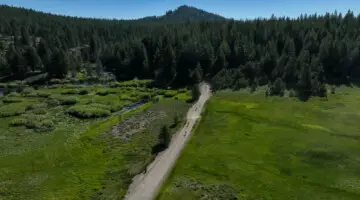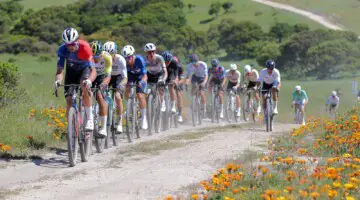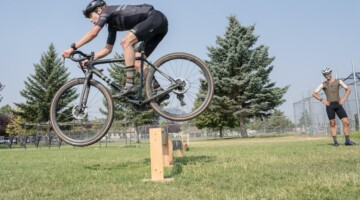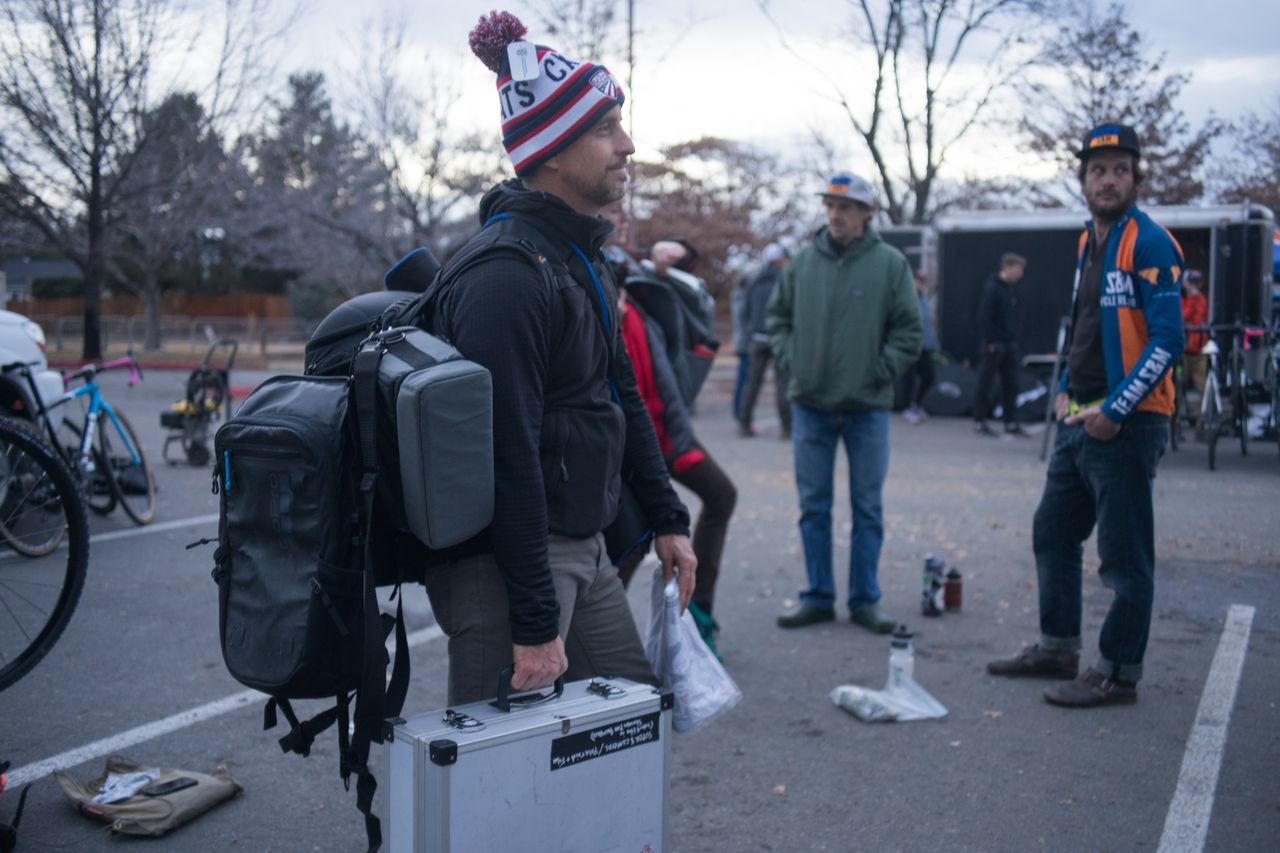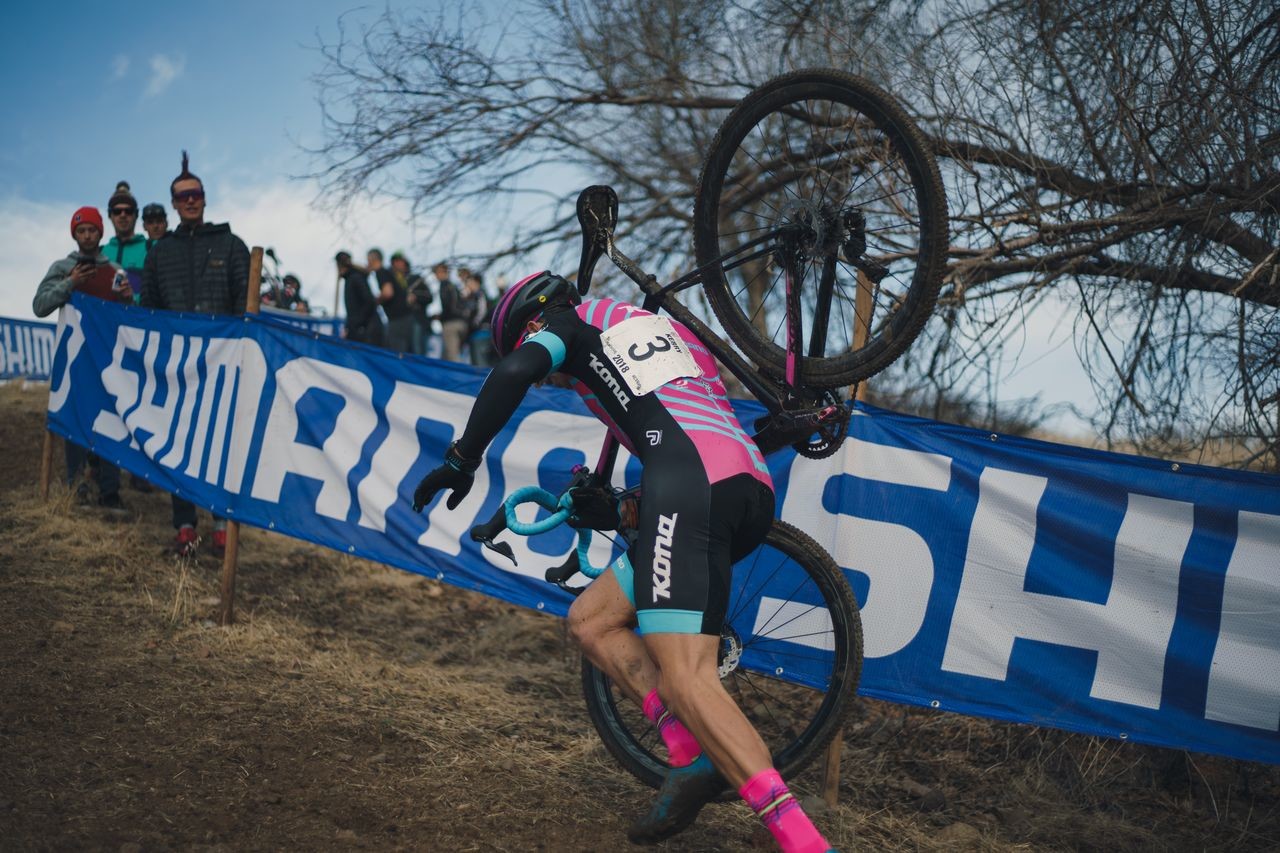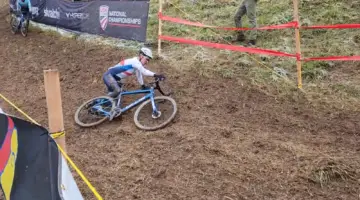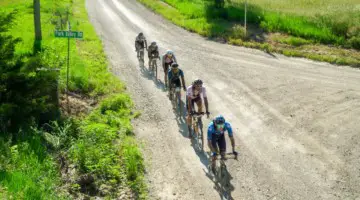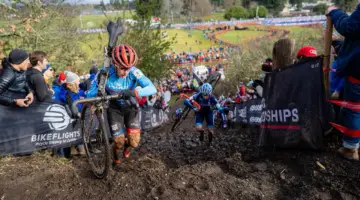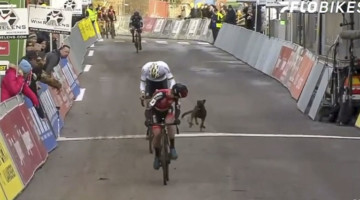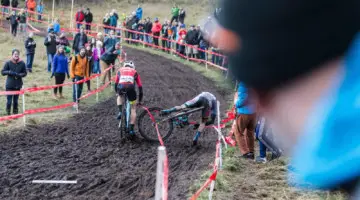Drew Coleman’s State of Cyclocross is a unique film shot on Super 8 film that incorporates commentary from athletes and cyclocross personalities to create a meditation on United States cyclocross in 2018.
We recently sat down with some popcorn and reviewed the 23-minute film. The tl;dr is we found it visually and intellectually compelling.
Right now, the best way to watch the film is via live screenings. The ones currently scheduled are primarily focused in the Pacific Northwest, so watching it is a challenge for those of us further points east.
Coleman wants to change that by scheduling more screenings of the film. Read on for information about how to put together a local screening.
There is also a limited-edition book and DVD available that we have more information about.
Finally, learn more about the project via a Q and A with Coleman.
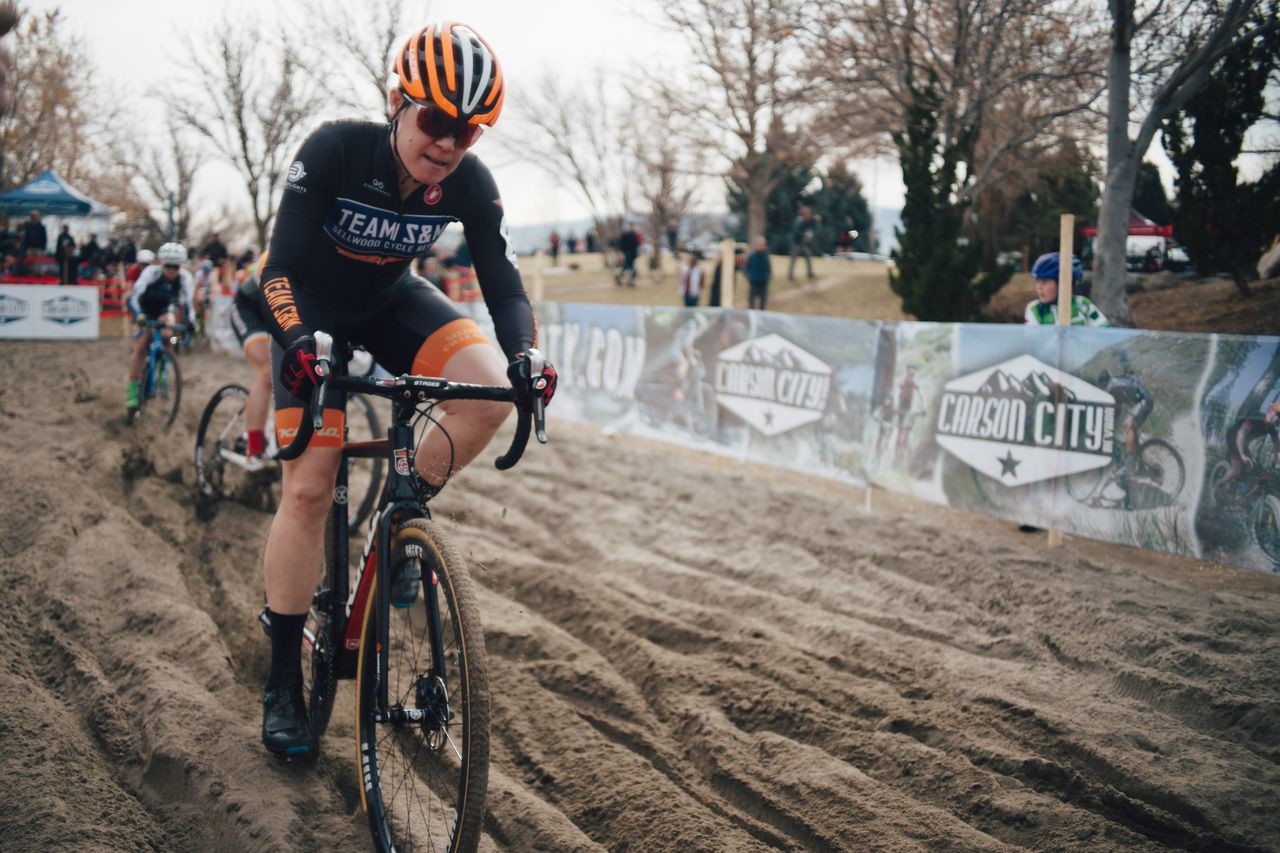
Still images from Patrick Means and Michael Jasinkski are incorporated into State of Cyclocross. photo: Patrick Means
Schedule a State of Cyclocross Screening
Processing Coleman’s Super 8 film and Michael Jasinski and Patrick Mean’s film photos for State of Cyclocross was an incredibly time-intensive process. Given the time and money the team invested in the project, they want live screenings with a community of cyclocross fans to be the primary way of viewing the end product.
“The philosophy extends to how we consume what we see on our own devices, in isolation, on our own schedule,” Coleman said. “We want this to be seen in community, in full attention. Phones turned off. It runs and doesn’t pause.”
Hosting a screening is relatively straightforward. Details include:
Run Time: 23 minutes
Equipment: Projector, speakers, computer, pop-up screen or large white wall
Cost: No set cost, but the director asks tickets be sold or the expectation of donations be explicit to help offset costs
Q and A: Coleman would like to attend screenings for a Q and A, if possible; Help with travel costs appreciated
Schedule a Screening: stateofcyclocross.com/booking
More Info: catdcxracer [at] gmail.com
State of Cyclocross Book and DVD
Coleman, Means and Jasinski are making the State of Cyclocross media available on a limited basis. They are currently selling a book of still images and DVD with the film for $50. They are only planning on producing 50 total books, so act now if you are interested.
The 60-page book and DVD ship in December, so they should arrive in time for the holidays.
More information is available at stateofcyclocross.com.
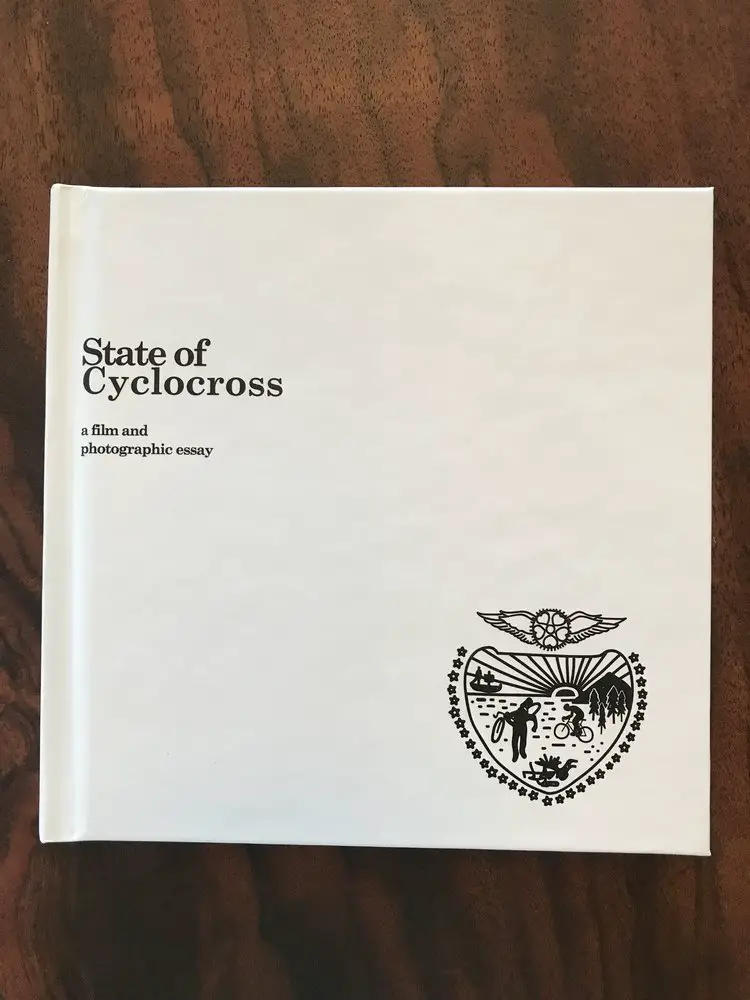
A limited edition State of Cyclocross book and DVD is available. photo: courtesy
Q and A with Drew Coleman About State of Cyclocross
Cyclocross Magazine: Where did the motivation for the project come from?
Drew Coleman: First, cyclocross fascinates me. First as a rider and now as a photographer and filmmaker. It lays us bare. Exposes us. Pushes us to quit constantly, only we keep pedaling. I don’t understand why or how more folks don’t know about it or why it isn’t more prominent. Even within the industry, it gets table scraps.
I wanted to know more about that. And how those at the top of the sport feel about it. Some of the best athletes in the country toil under complete obscurity and are only known to a small segment of devotees like you and me and Bill Scheiken. How Katie Compton is not a household name in our country is beyond belief.
Secondly, Brian Vernor. Pure Sweet Hell. It was, is and always will be the film about American Cyclocross. But it was about a different era and I wanted to revisit this and in a similar medium because, as he conceptualized, the aesthetic of Super 8 is ’cross.
In fact, I bumped into him on “The Hill” at the race. This guy walked up to me and asked about my Super 8 camera and what I was doing. I told him and then asked if he knew about Super 8 cameras. “Yeah. A little bit,” or something to that effect. Eventually, I discovered it was Vernor.
That being said I really wanted to go a different direction once I had the shots.
CXM: I think the commentary was really good. Was it your plan to make a film that was so “real?” How did you get the athletes to open up like they did?
DC: I didn’t plan for the film to be as real as it feels but I certainly hoped for it. It’s really great that you responded to the commentary. The model we set up for this was to avoid an interview format as much as possible and make it more of a conversation and that was awesome.
Molly Cameron set up and hosted most of the interviews right there at Nationals. The acoustics were terrible as you can imagine with team generators and what not and folks walking by, but the essence of the film was laid down. Molly has a way of really opening people up immediately as she’s so friendly, excitable and truly is a fan of the sport and all the riders. Save a couple, they were exceptionally comfortable riffing with her.
Once I figured out what the film was after listening to the initial interviews, I went back and did pickups with everyone except Stephen, Cody and Bill. Beth Ann really laid it out and was very pointed. I barely had to cut around her commentary. Her perspectives were incredible and basically wrote the film.
In hindsight, I didn’t have to with the others as they really hit on the topics right there in Reno, particularly Stephen and Bill. In fact, Bill Scheiken provided the title of the film with the last line of the film, “The state of cyclocross is strong.”
CXM: You said you thought it might fail, why would that have happened?
DC: I approached it with the mindset of a racer: be as prepared as you can be, have a plan, get there early to know the course, dial in the gear, toe the line and go like hell. But, particularly in cyclocross, anything can go sideways in a race—crashing, injury, mechanical and any number of other small and large issues.
We were shooting in a single day. No reshoots. Something goes wrong, there it goes.
Filming on vintage gear with an unknown camera was part of the risk. I had only shot one cassette on the camera at Christmas, so I had no idea if it would hold up or if had even purchased the right stock.
Shooting on film is completely unforgiving. The camera runs, it feels like its working, it seems like you have a shot, but in reality you have no idea if you got something or just wasted everyone’s money and an entire weekend and day of shooting and you don’t discover it for weeks until you get it all back from processing and scanning. It’s not like today where you can shoot everything you see and see how it looks in the moment.
Simply based on the risks of shooting analog, the project could have imploded right there if the camera had failed or if the exposures were horrible or if the focus was shot or you name it. It was a total crapshoot, but fortunately it worked! Remarkably. And that was just the imagery.
Another challenge was, at the time, I didn’t really know anyone other than our local pros. It was really Erik Tonkin and Molly Cameron who made the commentary happen. Until we did the interviews, I wasn’t even sure what I was exploring with this. I just knew the aesthetic, I knew the project basics from an artistic standpoint, I knew we wanted to make a statement about analog versus digital and make a statement about intention, and I knew I wanted to dig into the fabric of U.S. cyclocross, but I didn’t know what. The segments and topics came about organically and, boy, did they open up.
CXM: Plans for a sequel in Louisville or another project?
DC: Man, this has been such a dominant force in my life for the past year I have only recently begun to entertain a sequel. In fact, Sam Smith, when he came to the premiere, thought that a second chapter may be in order as things have already changed since it was shot. And he’s right.
I want to keep digging. Keep poking. There is one strand in the film in particular that I want to build on and expand on—as opposed to a sequel—and that would be on the United States women riders. They are doing things as a group that are unprecedented. I want to document this era of women’s cyclocross. Women in our country are shouting from the rooftops and in cyclocross, we have gritty, hard-charging warriors who I would love to see become household names.
But, I would need some partners—financially and help with production—to make that one happen they way I want it to happen. I built State of Cyclocross end to end at a great financial and time cost.
CXM: Cool. Thanks for your time and definitely enjoyed the film.
DC: Thank you.

